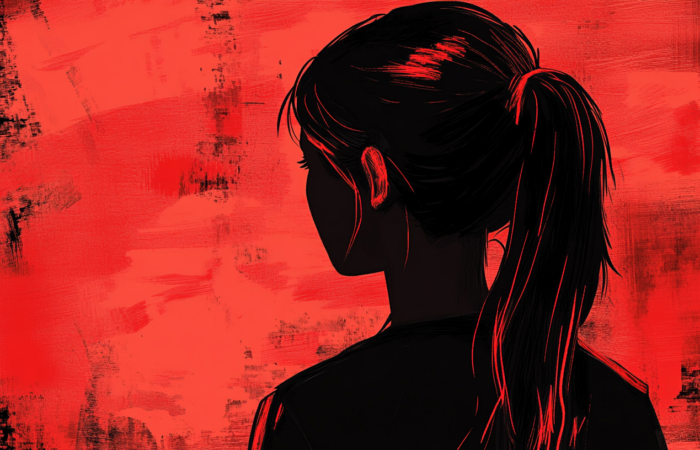We ask you to engage with this content so that you can become informed and equipped to stand for righteousness in this age. Sex trafficking is an epidemic today, and one of the major contributors is the increased exposure to pornography at younger ages. Most people know this, but many are uninformed about the intentional targeting of youth by the commercial sex industry.
Porn Culture Targets Children And Teens
Porn targets children because of their value as long-term patrons of porn sites. As a youth pastor, I noticed that almost every middle and high school student discovered pornography through mobile devices.
Ads would pop up in the games they played, comments on their social profiles had hyperlinks to porn tube sites, and some received text messages with pornographic images and links to porn sites or sex chat rooms. For many young people, this is how their addiction to pornographic experiences begins.
70% of teens come across internet porn without even looking for it. Source

Most porn sites do not require any sort of age verification for visitors to the site. Another disturbing trend in our culture is the grooming of children and teens to produce pornographic content of themselves.
27% of kids (aged 9–17) and 40% of kids (aged 13–17) agreed that “it’s normal for people my age to share nudes with each other.” Source
The popular social media app Snapchat has received criticism for being designed to promote sending inappropriate images and sexting. Webcamming and patron sites like OnlyFans are glamorized online as a way to make quick money by selling pornographic images/video content.
33% (1 in 3) kids reported sharing a nude with someone they had not met. Source
Young people are aware of the potential to make money off sex because of our culture’s value and increasing appetite for diverse sexual content.
The Porn Industry Creates Videos That Depict Children and Teens
Another disturbing reality we must address is the “barely legal” genre in porn culture. Exodus Cry has done an excellent job in exposing this in their latest documentary, Beyond Fantasy: Barely Legal. While the idea and images depicted in the documentary may make some of you sick to your stomach, we must confront this reality.
In 2002, the U.S. Supreme Court made it legal to create porn in which performers are made to look like children. Through Exodus Cry’s extensive research into this genre, they have discovered several disturbing scenarios that are popular in porn today:
“These include: an older doctor and a young girl, a husband and their teen babysitter, a father and a stepdaughter, a girl scout selling cookies to an older man, or a man “seducing” a little girl at the playground.” Source
This traumatizing porn is available to anyone with a smartphone or tablet.
Porn Is More Accessible To Children Today Than At Any Time In History
As a father of a young four-year-old girl, I am very concerned about the role technology plays in grooming children by normalizing pornographic content. There is no escaping it; it’s everywhere. However, we can become more vigilant and work together to shift the culture to create a safer society for our children.
47 million porn videos are viewed by 7–14-year-olds in the U.S. every day. Source
Pornography is normalized on popular social media sites like Instagram, Twitter, Meta, and TikTok. We are experiencing a wave of perversion that we are essentially not prepared for. Unfortunately, these online environments contribute to the growing trend of the sex trafficking of minors.
59% of online victim recruitment in active sex trafficking cases occurred on Facebook. Source
We are beginning to see the tide turn as one of the largest porn conglomerates, MindGeek, is crumbling due to the exposure of the evil working behind this empire. Videos that portrayed extreme misogyny, videos of rape and child sexual abuse, racism, and degrading violence are being exposed and taken down. However, we still have a long way to go. As parents we need to remain vigilant in protecting those that are vulnerable.
Help us spread the word by sharing this blog with other parents, educators, or friends—you never know who you can help!






